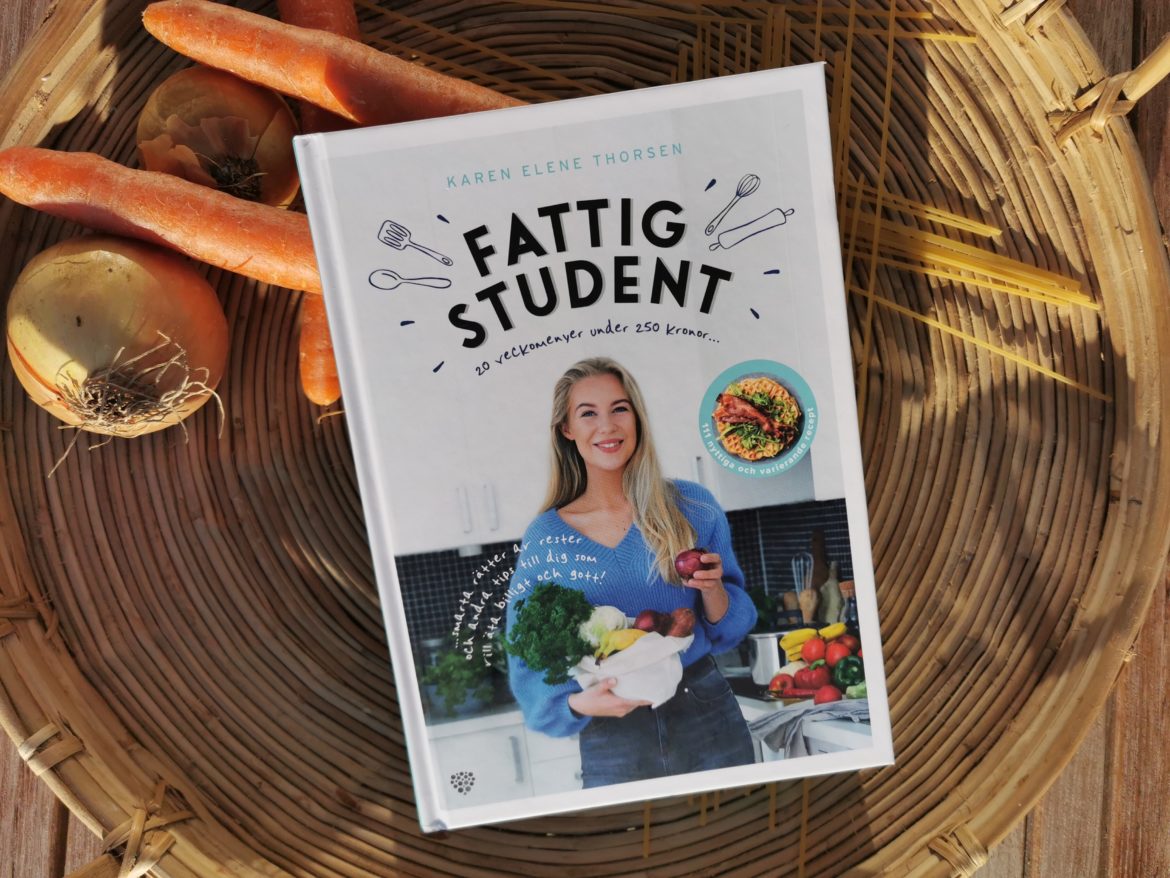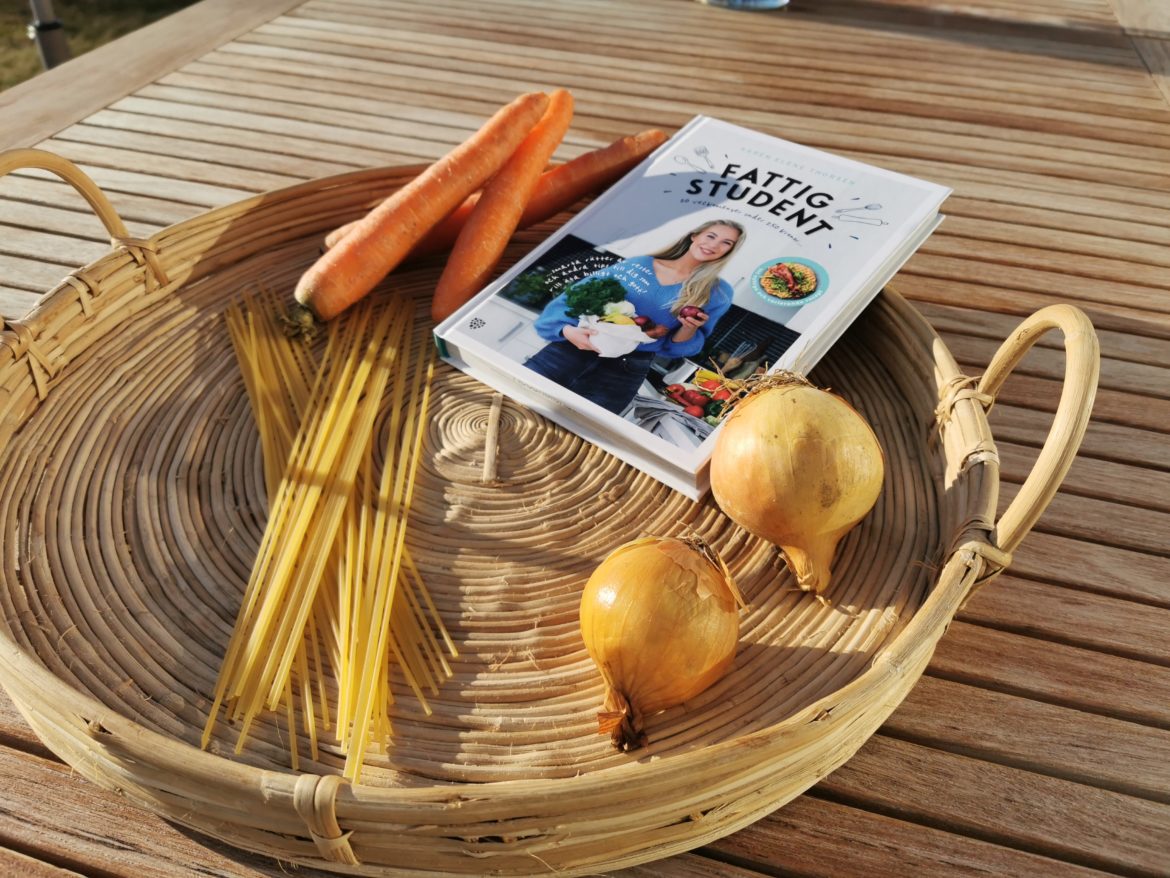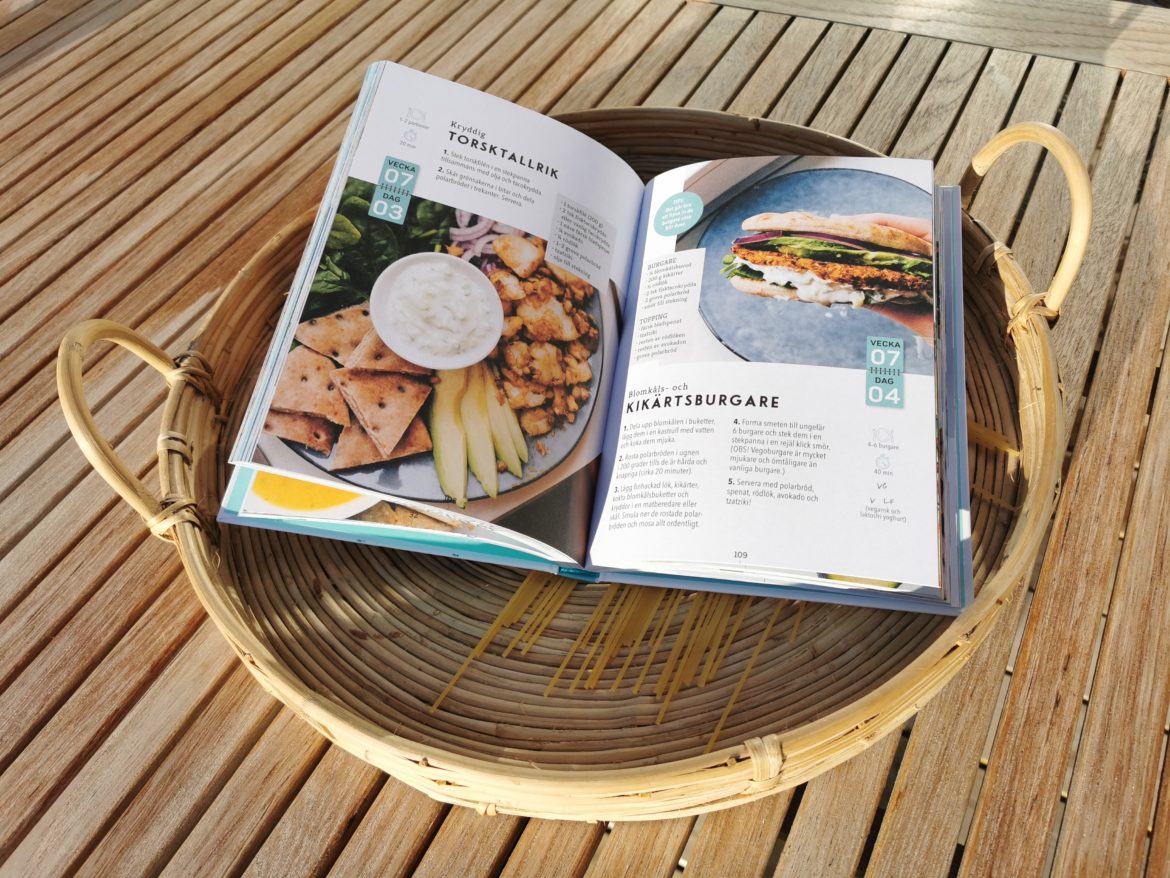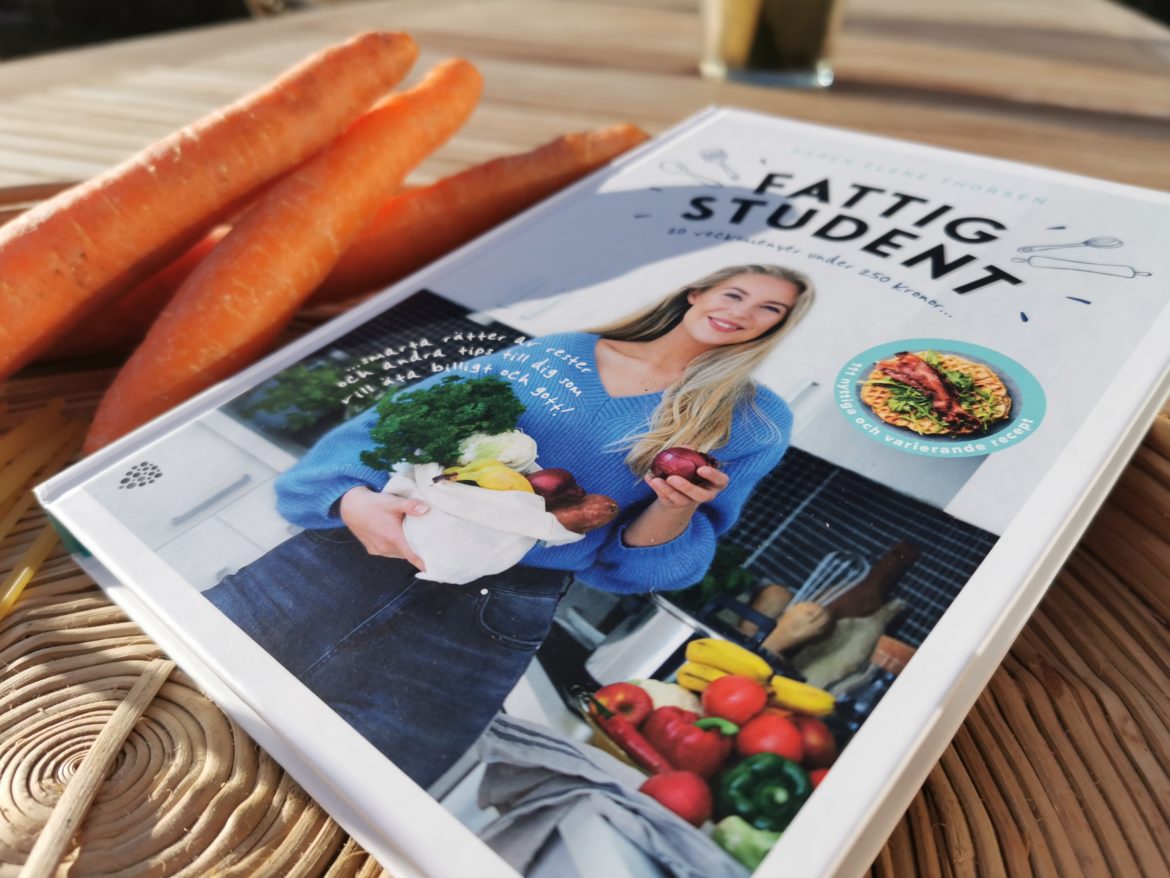TL;DR
This book, "Fattig student," by Norwegian author Karen Elene Thorsen, offers budget-friendly yet nutritious meal plans for under 250 kronor per person per week. It advocates for a four-day meal plan with leftovers or shared meals filling the rest of the week. While the recipes are simple and realistic for those on a budget, the review notes the absence of estimated costs and tips on growing your own produce. The "one ingredient, four recipes" section is praised for promoting ingredient versatility. It also covers affordable kitchen hacks and food waste reduction. Curious if this guide truly simplifies frugal eating? Dive into the full review to find out!
During intense periods of study, the phrase “poor student” often rings true – laptop in bag, pen in hand, social media documenting the struggle. The sentiment is relatable.
But, does this book really deliver on its promise?
Upon receiving the book, my interest was immediately piqued; the back cover text had a compelling hook, drawing me in.
However, after a preliminary scan, my initial enthusiasm waned, replaced by practical considerations. Questions arose, such as the rationale behind the book’s four-day week and the feasibility of consistently relying on meals at friends’ homes to minimize personal food expenses.

Before delving into these questions, it’s worth noting that Fattig student is authored by Karen Elene Thorsen, a Norwegian author. The book focuses on developing economical yet balanced and nutritious meal plans, offering advice on maximizing food resources and minimizing costs. The goal is to provide budget-friendly meals that are not perceived as cheap, but rather as healthy and varied.
Fattig student is structured into two sections. We’ll begin with the second part, which details weekly menu plans. Each menu is designed to cost under 250 kronor per person. The author’s rationale for a four-day week is that meals can be repeated on multiple days. The remaining days are intended for using leftovers, dining with friends, or hosting “leftover parties” where friends collaborate to create meals from available ingredients.
The menus and recipes are appropriately designed for the target demographic. They feature straightforward dishes and simple recipes, incorporating some pre-made ingredients, which is understandable given the budgetary constraints. While gourmet cuisine is not to be expected, the meals are realistic for individuals on a budget, without compromising nutritional value.

Providing an estimated cost range for the menus would have been beneficial. While the target is under 250 kronor, an approximate expected cost could offer useful guidance.
The absence of tips on growing one’s own vegetables is also notable, as several varieties can be cultivated in an apartment setting. Pea sprouts, cress, and chili peppers are a few examples. While most plants can be grown with sufficient effort, purchasing them is generally more convenient.
As mentioned, the book’s first section, titled “one ingredient, four recipes,” explores the versatility of common ingredients. The focus is on expanding culinary horizons beyond the typical uses of a given ingredient. For example, carrots are used in soup, smoothies, rolls, and pancakes. Other ingredients highlighted include oatmeal, overripe bananas, potatoes, and stale bread.
This section is a valuable asset of the book, encouraging readers to consider alternative applications for ingredients and avoid culinary monotony.

Fattig student also includes advice on sourcing affordable kitchen equipment, such as using a bottle as a rolling pin or a frying pan as a makeshift toaster. The book also provides guidance on essential pantry and refrigerator staples, as well as strategies for reducing food waste.
For individuals seeking guidance on economical meal planning and cost reduction strategies, this book may be a useful resource. Despite its title, Fattig student, the book’s content is applicable beyond just the student demographic.
For additional recipe ideas, a wealth of options can be found here at Senses.
